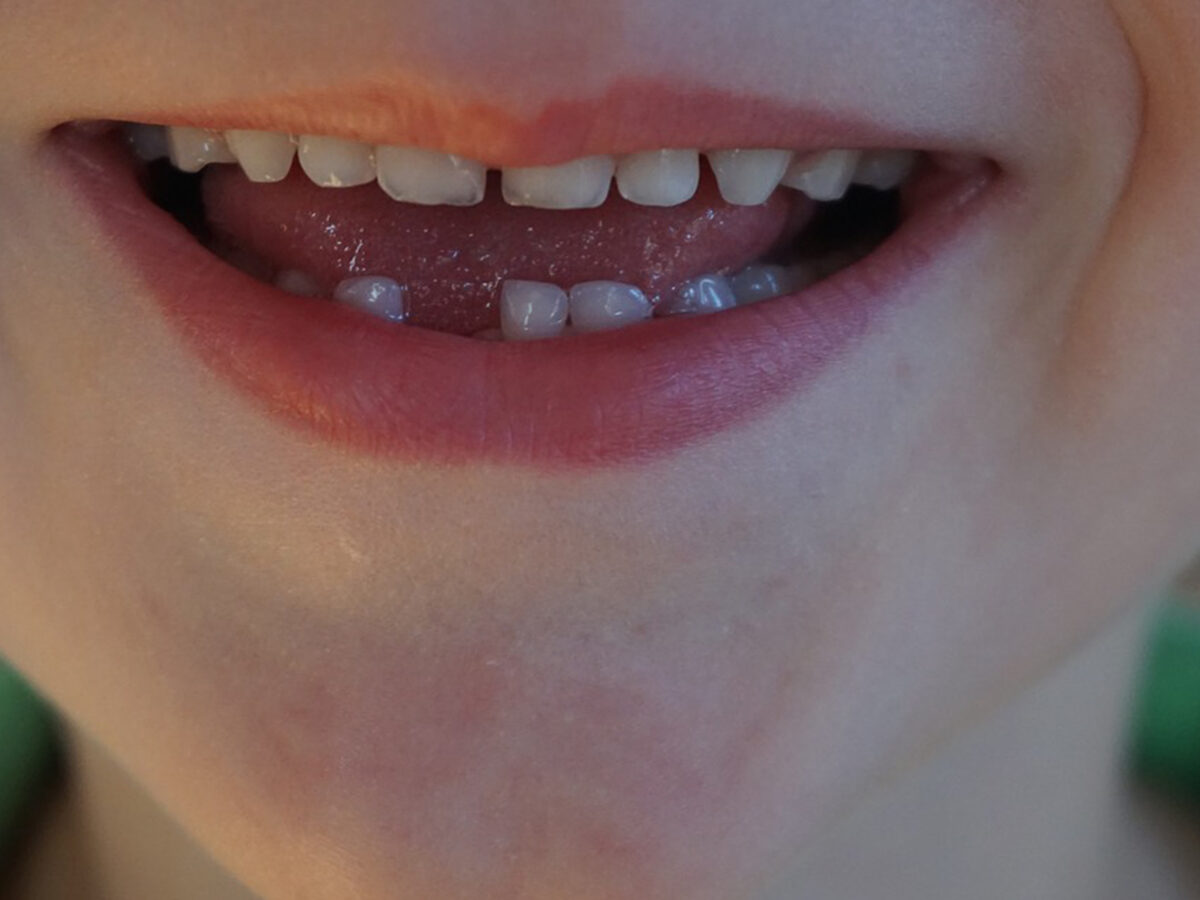Although it is true that many people recommend visiting the dentist twice a year, the truth is that every smile is different. The answer is a little complex and depends on your personal circumstances and risk factors. The outcome depends on your dental hygiene, habits, and medical condition.
Depending on the clinic, some patients will need a cleaning and checkup every six months, while others may only need an annual appointment. A dentist might urge you to make more frequent visits if your mouth is having an ongoing issue.
Dental Checkups: What to Expect
In most cases, a dental checkup takes less than an hour. You will have this opportunity to discuss your oral health with your dentist and dental hygienist, who will make recommendations for treatment and homecare. The procedures that your dental practice will follow at your six-month appointment vary by practice, but generally, you can expect the following:
X-Rays
To give your dentist a chance to review them before examining your mouth, the dental hygienist will take required x-rays at the start of the appointment.
Polishing and cleaning
Dental cleaning has many advantages. Cleaning your teeth with scalers and other dental instruments allows the hygienist to remove plaque and tartar just below the gum line and from tooth surfaces. Once your teeth are polished with a paste, they will floss between your teeth.
When brushing your teeth, you may hear that certain areas need attention. Consult your hygienist about this.
The current state of dental work
A dentist checks the condition of dental work during an exam because fillings and other dental work don’t last forever. An existing filling, crown, or bridge that is not keeping a tooth healthy and strong will need to be replaced.
Why Is It Important To Visit Your Dentist Regularly?
Regular dental visits have more benefits in terms of what you could avoid. You’ll be less likely to suffer from the following diseases if you visit the dentist at least once a year.
- Cavities: Although you may have mastered brushing your teeth, there is still the possibility of missing some areas. As plaque accumulates, it can solidify, making it extremely difficult to remove. Your dentist can remove tartar before eroding your teeth and creating cavities.
- Gum disease: The buildup of tartar causes gum disease. There won’t be symptoms until swelling, bleeding, or soreness appear, leading to tooth loss and other complications. With a regular visit to the dentist, you can have your gums checked and inflammation treated before it becomes infected.
- Oral cancer: It is possible to learn you have a treatable condition if you catch it early enough. Almost anyone can develop oral cancer, which is extremely common and life-threatening. Your dentist will easily spot symptoms and signs of an early cavity.
A dentist examines more than just the visible parts of your teeth and gums. You’ll receive regular x-rays of your mouth, giving you a behind-the-scenes look at what is happening inside. With the help of this procedure, your dentist can diagnose impacted teeth, bone loss, tumors, and cysts, among other conditions.
Your dentist will examine much more than just your mouth, gums, and tongue; they will also check your neck, jaw, and lymphatic nodes for any abnormalities. In cases where symptoms don’t appear for a while but develop quickly, getting checked out is essential.
Book your appointment now and get your dental issues resolved!



